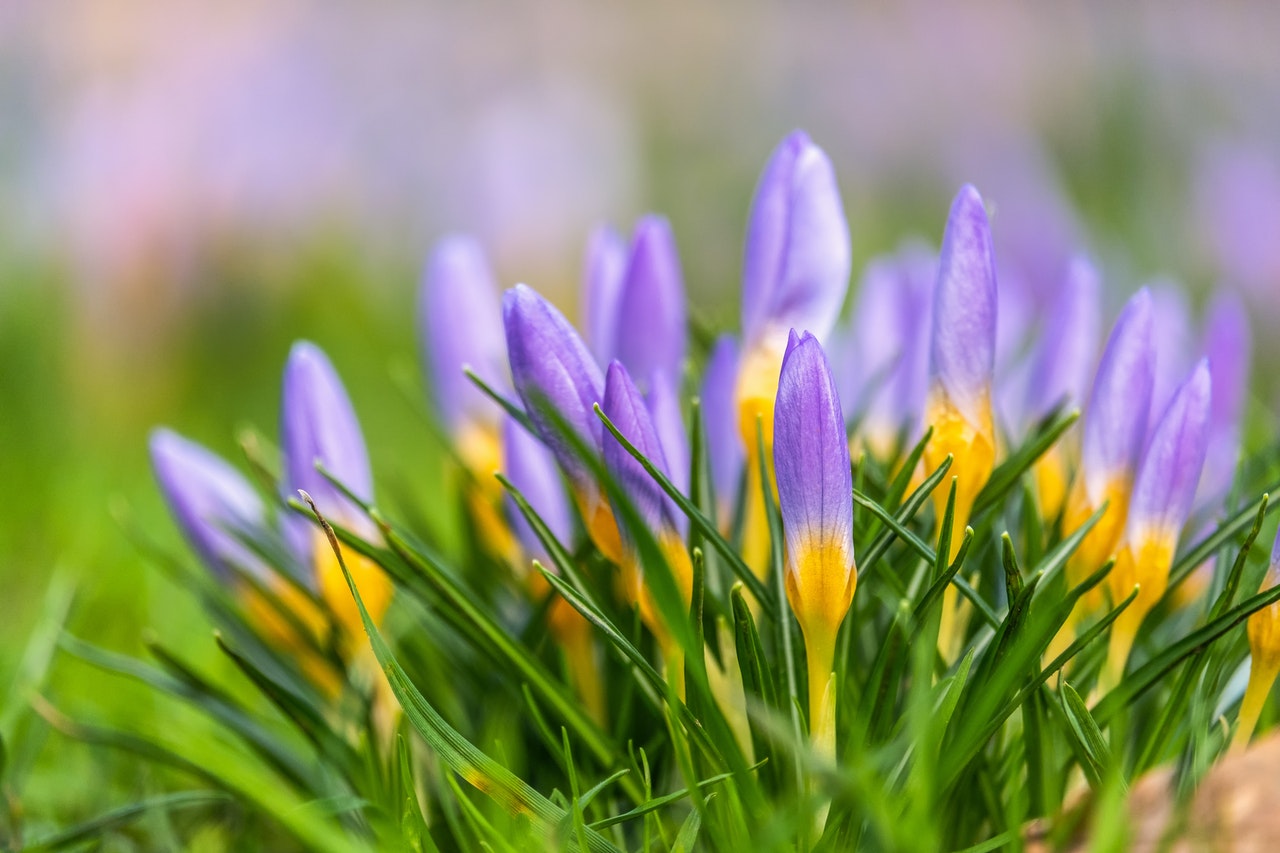The scientific name of saffron is Circus Satius and it belongs to the lily family. Saffron is a spice obtained from the dried stigma of the golden flower. The use of saffron is 3500 years old. It has been one of the most expensive materials in the world throughout history. Today, Iran is the largest producer of goldfish in the world and about nine-tenths of gold in the world is cultivated in Iran. Now we will examine some characteristics of saffron.
Saffron has the following characteristics:
- Saffron onion is thick and spherical.
- Each onion produces 9 to 6 slender leaves, like the leaves of grass.
- Saffron flowers appear first of all in early autumn.
- The flower cover consists of three sepals and three purple petals, making it difficult to distinguish sepals from petals.
- The roots of saffron are of the spray type, which grow from the base of the onion and from its circumferential circle.
- Saffron does not grow in summer and starts growing in late summer.
- One of the common names for saffron is Sargol saffron.
- The use of saffron in arts such as calligraphy, painting and also in silk carpets with natural colors has been common and has a global reputation.
- The division of saffron is based on grade A, B, C and based on the quality of saffron.
- Saffron has a valuable and durable essence.
History of saffron cultivation
Iranians have long been interested in saffron and have presented gold and saffron to the elders at parties. During the Achaemenid period, saffron was used to decorate bread and flavor foods. According to Darius, he perfumed his body with a mixture of sunflower oil and saffron. Iranian saffron was exported during the Parthian period. The Iranians exported saffron to many tribes such as the Romans, Chinese, Arabs and Greeks. Saffron has also been very significant for the Egyptian people and it is mentioned in ancient Indian books.
During the Sassanids, saffron cultivation became popular in Qom. Saffron cultivation was common in central Iran in ancient Iran. After Iran, the first saffron was planted in the Levant and then in Islamic Spain and North Africa. Iranian tribes such as Rostamian were very influential in transmitting saffron culture.
Uses of saffron
- In Sassanid times, it was used to pay for expensive papers.
- Saffron is used in dyeing fabrics.
- Saffron was used to write letters to kings.
- Saffron is used in arts such as calligraphy and painting.
- Saffron is used in the production of carpets with natural colors.
Types of saffron
Saffron is divided into different types such as Negin, Sargol, Pushal, Dokhtar Pich, etc. Most people do not know much about saffron and therefore have trouble buying it. The prices of different types of saffron are different.
The higher the purity of saffron, the greater it’s coloring power and also the better the taste. The quality of saffron depends on the cultivation method and the place of cultivation. Now the best saffron in the world is planted in Gonabad, Ghaenat and Torbat Heydariyeh. Most of Iran’s saffron is grown in Torbat-e Heydarieh, but you can see Sargol Ghaenat in the saffron market. Torbat Heydariyeh saffron is suitable for export due to its excellent color and smell and has recently been registered with the FAO.
In general, saffron is divided into five categories: Negin, Sargol, Pushal, Dokhtar Pich and Sefidi. They are usually divided based on separating the stigma from the saffron cream.

